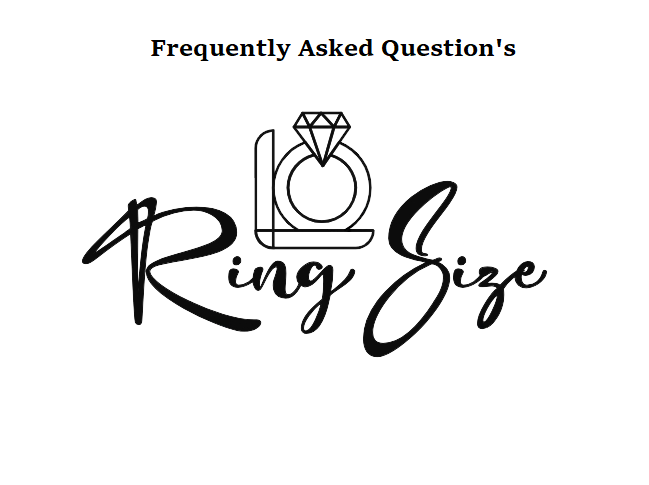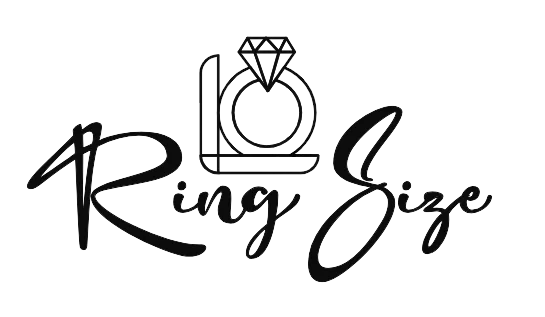
Ringsize.org is an invaluable resource for those seeking information about ring sizing. Our Frequently Asked Questions (FAQs) section covers a range of common queries from visitors, providing detailed explanations on topics.
FAQ’s (Frequently Asked Questions)
Absolutely. If you have a ring that fits well, you can measure its inside diameter and compare it to the ring size chart to find your ring size. Be sure to measure the ring from its inner edge to the opposite inner edge.
For the most accurate measurement, it’s best to measure your finger at the end of the day when it is largest. Avoid measuring your finger when it’s cold, as fingers can shrink slightly in cooler temperatures. Also, make sure the size you choose will fit comfortably over your knuckle.
If you’re buying a ring as a surprise gift, try borrowing a ring from the person for whom you’re buying the gift. Make sure the borrowed ring is one they wear on the finger you’re buying for. You can then use the borrowed ring’s diameter to compare with the ring size chart. If that’s not possible, it’s best to estimate a larger size to ensure it will fit.
Yes, you can use a ring size chart to determine children’s ring sizes. However, children’s fingers grow quickly, so it’s always best to confirm the size before purchasing a ring.
It’s a good idea to check your ring size every few years, as it can change due to factors like age, weight loss or gain, and even temperature. Having an up-to-date ring size ensures a comfortable and secure fit.
Frequently Asked Questions
Yes, many jewelers offer ring resizing services. However, it’s important to note that some types of rings, like those with intricate designs or certain types of gemstone settings, may not be resizable. Always confirm with your jeweler.
If you’re unsure, it’s usually better to size a ring up rather than down. It’s generally easier (and sometimes only possible) to make a ring smaller rather than larger, and a ring that’s too large is more likely to fit over the knuckle.
Most ring size charts are based on standard ring band widths. If the ring has a particularly wide band, it may fit more snugly than a ring with a thin band, even if they’re technically the same size. If you’re sizing for a wide band, you may want to consider going up a size for comfort.
Temperature can cause your fingers to expand or contract, affecting ring size. Warm temperatures cause fingers to swell, requiring a larger ring size, whereas cold temperatures can make your fingers contract, making the ring size smaller. That’s why it’s recommended to measure your finger at room temperature to get the most accurate size.
No, the ring size chart is universal for all types of rings, whether they’re wedding bands, engagement rings, or fashion rings. The sizing remains consistent across different styles and purposes of rings.
While the concept is the same, toe rings typically come in smaller sizes than finger rings. However, if you have a measurement for the circumference or diameter of the toe, you could potentially use a standard ring size chart to approximate the toe ring size.
If you don’t have a measuring tape, you can use a piece of string or a strip of paper. Wrap it around your finger where the ring will be worn, mark where it overlaps, and then straighten the string or paper and measure the length against a ruler. You can then compare this measurement with the circumference values on the ring size chart.
Yes, it’s quite common for ring sizes to differ between your left and right hand. This is because most people have a dominant hand that is slightly larger than their non-dominant hand. Therefore, always measure the specific finger on which you plan to wear the ring.
